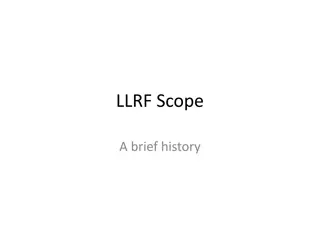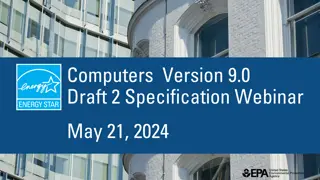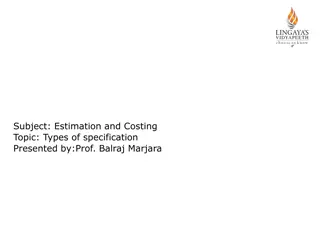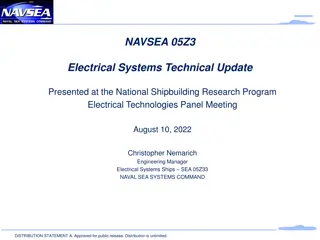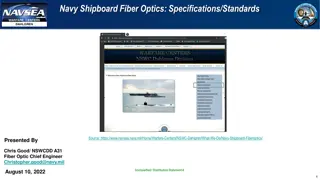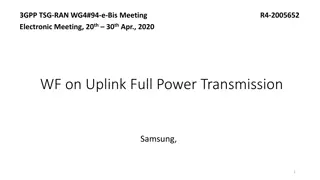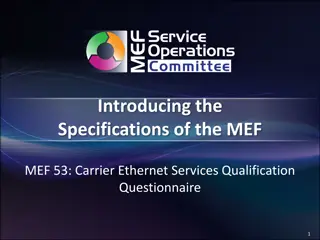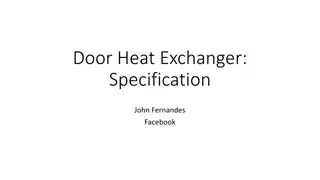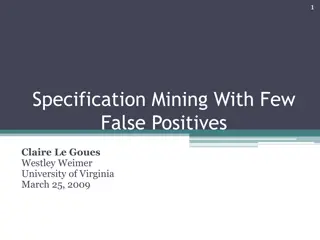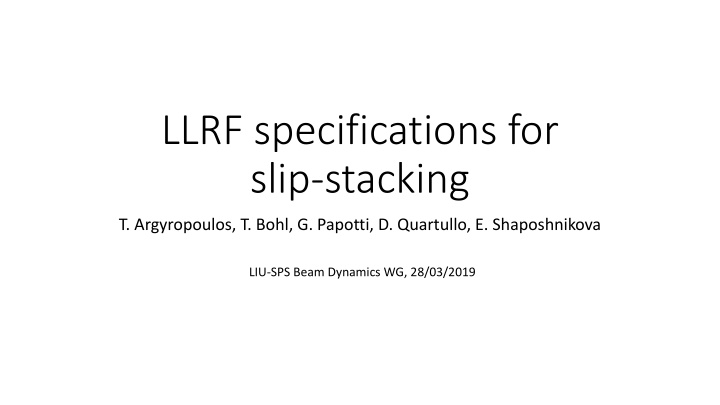
LLRF Specifications for Slip-Stacking in SPS Beam Dynamics
Learn about the specifications for slip-stacking in the SPS beam dynamics, including momentum slip-stacking procedures, RF cavity variations, and increasing luminosity in LHC experiments. Explore the cycle overview, requirements for the LLRF, and the process of interleaving SPS super-bunches.
Uploaded on | 0 Views
Download Presentation

Please find below an Image/Link to download the presentation.
The content on the website is provided AS IS for your information and personal use only. It may not be sold, licensed, or shared on other websites without obtaining consent from the author. If you encounter any issues during the download, it is possible that the publisher has removed the file from their server.
You are allowed to download the files provided on this website for personal or commercial use, subject to the condition that they are used lawfully. All files are the property of their respective owners.
The content on the website is provided AS IS for your information and personal use only. It may not be sold, licensed, or shared on other websites without obtaining consent from the author.
E N D
Presentation Transcript
LLRF specifications for slip-stacking T. Argyropoulos, T. Bohl, G. Papotti, D. Quartullo, E. Shaposhnikova LIU-SPS Beam Dynamics WG, 28/03/2019
Introduction Momentum slip-stacking (MSS) is planned to be used in the SPS after LS2 to increase number of bunches in the LHC increase Luminosity in the LHC experiments. Cycle overview: Injected beams: 2 SPS super-batches spaced by Tb(Tb is defined by the AM of the RF cavities) SPS super-batch:6 PS batches of 4 bunches spaced (ideally) by 100 ns (24 bunches spaced by 100 ns) Accelerate the beam until an intermediate energy plateau (300 GeV Z) around 1 s long. FFA, transition crossing, stability issues, controlled long. emittance blow-up, 800 MHz RF system MSS to interleave the two SPS super-bunches 1 batch of 48 bunches spaced by 50 ns Losses and longitudinal emittance blow-up Accelerate the beam to the top energy and extract to the LHC. Fit bunches to the LHC buckets bunch rotation might be needed
Introduction Momentum slip-stacking (MSS) is planned to be used in the SPS after LS2 to increase number of bunches in the LHC increase Luminosity in the LHC experiments. Cycle overview: Injected beams: 2 SPS super-batches spaced by Tb(Tb is defined by the AM of the RF cavities) SPS super-batch:6 PS batches of 4 bunches spaced (ideally) by 100 ns (24 bunches spaced by 100 ns) Accelerate the beam until an intermediate energy plateau (300 GeV Z) around 1 s long. FFA, transition crossing, stability issues, controlled long. emittance blow-up, 800 MHz RF system Specifications for the LLRF only on MSS MSS to interleave the two SPS super-bunches 1 batch of 48 bunches spaced by 50 ns Losses and longitudinal emittance blow-up Accelerate the beam to the top energy and extract to the LHC. Fit bunches to the LHC buckets bunch rotation might be needed
Momentum slip-stacking (MSS) in the SPS Procedure: I. Two groups of 200 MHz RF cavities, one for each batch. fRF variation to accelerate the first batch and decelerate the second antisymmetric frequency programs. II. Batches separated in frequency (energy) slip with respect to each other. III. Start bringing the batch close. IV. Recapture all bunches with all RF cavities at the average frequency (black line at E=0).
Momentum slip-stacking (MSS) in the SPS Procedure: I. Two groups of 200 MHz RF cavities, one for each batch. fRF variation to accelerate the first batch and decelerate the second antisymmetric frequency programs. Simulation example with 48 bunches II. Batches separated in frequency (energy) slip with respect to each other. III. Start bringing the batch close. IV. Recapture all bunches with all RF cavities at the average frequency (black line at E=0).
Momentum (frequency) program Momentum programs should be anti-symmetric for the two batches Higher ????, faster the SS process is. Defined by: The bandwidth of the RF cavities ??? ???,? ? ?? = ?? The aperture of the machine ? ?? ? ? ?? = ??? Note that faster changes on? will require higher RF Voltage Full MSS procedure will last of around 0.5 1 s with ???~?.? ??? and ?~? ?? ?? (18 mm tried in measurements without losses) ??: designed momentum ????: depends on beam stability issues and affects the final beam parameters During the MSS the RF phase can be tracked ???=? ? ? ??? ???,?
RF voltage program Calculated for constant filling factor (??) in momentum based on the size of the largest bunch measured l ~ 0.125 eVs and ??~0.65 to have some margin for losses. Same duration as the momentum program (0.5 1 s) ??? MSS process. Expected values from each group: ?.? < ???< ? MV ???, ??? ??? depend on ?? ???, ??and the duration of the Same for both groups of RF cavities but AM is needed (at least in the beginning of the process).
RF voltage amplitude modulation AM is needed: very crucial in the beginning of the process. Measurements of RF voltage during batch passage (T. Bohl) This defines the batch distance Tb 1 s was used in simulations (might even be smaller in the future with the 3-section cavities) 4 sections 5 sections Each group of cavities should be switched off when the corresponding batch has passed through Slip-stacking parameter : ? f?? ??0= 2 E ?? Larger for better stability
Recapture At the end of MSS process the two batches have to be recaptured by all RF systems in the average (designed) frequency. This has to be done (ideally) within 1 turn. Margin of a few turns is acceptable. The maximum available RF voltage is needed
Timings and high level parameters TX1: Start of the MSS process. Separate the (some) cavities into two group. Trigger the voltage and frequency programs (should be provided (designed) beforehand). TX2: End of MSS process. Recombine all cavities at the designed frequency Continue acceleration to flat top of the one batch. Possibility of more flexibility in triggers is very welcome Importance of an easy way to group and regroup the RF cavities (counter phasing might also be needed) Important to have an easy way to input frequency and voltage programs into the two groups of cavities. LSA parameters for each group e.g. SLST_TOTAL_VOLTAGE_G1
Comments on the ion beams Stability issues of the LHC ion beams found from measurements in 2018 when the transition crossing was adjusted. Important for the future operation: Operate with the 800 MHz on (after transition) Apply controlled emittance blow-up Unstable at 300 GeV Z



